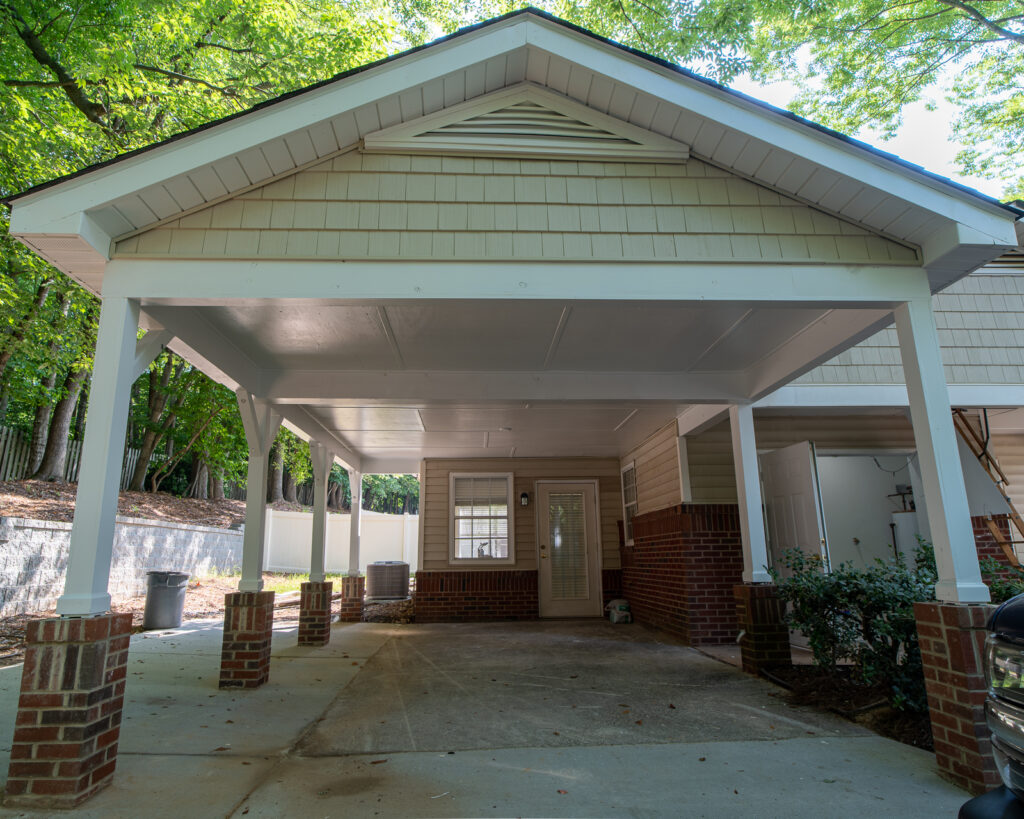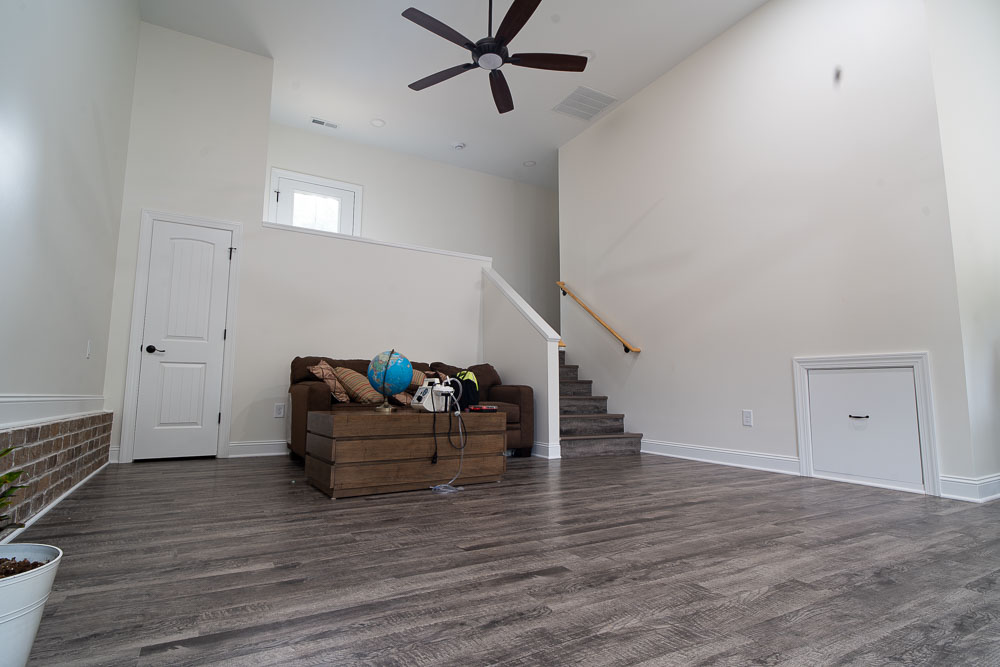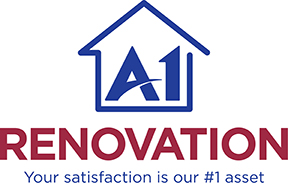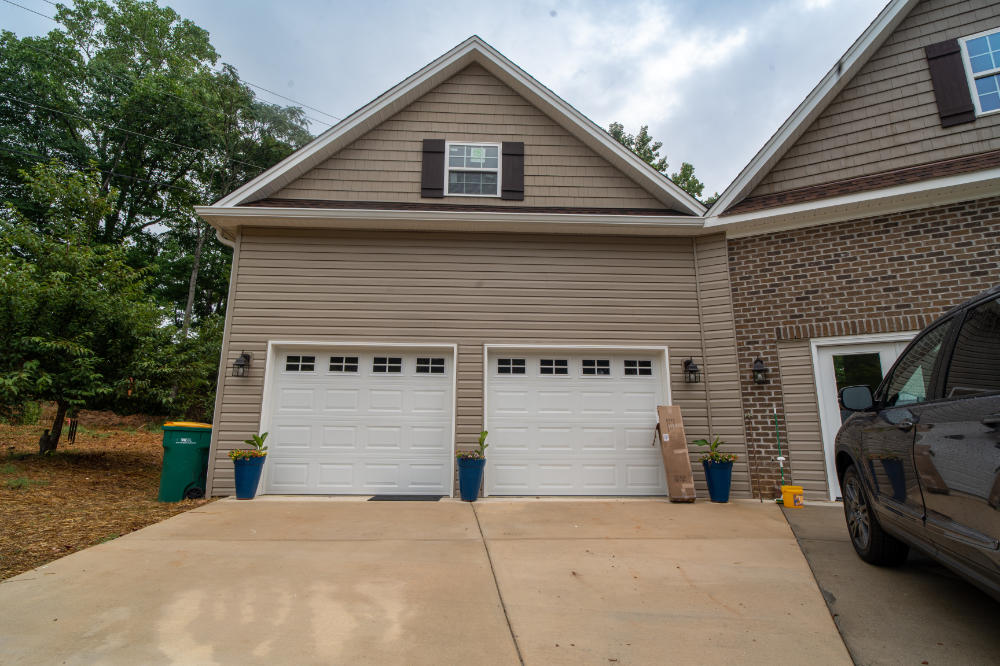Types of Additions and Their Value to the Home:
For each of these types of addition, there’s a tangible ROI one can usually expect. Beyond that, there’s also the indirect but still valuable benefit of how much more comfortable the home can be to live in. When you’re selling, these niceties tend to move the property more quickly.
Room Extensions: On average, a kitchen remodel or expansion can recoup around 60-70% of its cost in added home value. Buyers often appreciate more spacious common areas, making this a reliable upgrade for increasing a home’s market appeal.
Sometimes this is simply making a living room larger by bumping out the walls. Other times, it’s adding a whole new section to the home, such as turning a garage space into a living room and adding a newer, larger garage space onto that area. Or, a popular choice is to add a carport:

Sunrooms: A sunroom typically adds a blend of extra living space and curb appeal, and can provide up to 50-60% return on investment. When there are multiple homes for sale in one area, such as a neighborhood or townhome community, the homes with sunrooms are always in greater demand than those without.
We added quite a few sunrooms to units around a retirement community in 2023, for instance, and those additions were substantial in creating new value for existing tenants and future ones.
Second-Story Additions: Adding a second story or additional bedrooms can lead to substantial returns, especially in neighborhoods where larger homes are in demand. While costly, they significantly increase square footage, often yielding 65-75% over their cost in resale value.
After all, this can nearly double the square footage. In an area where second floors are rare, this can be a huge level up for the home.
In-Law Suites: These appeal to multigenerational families and can increase resale potential by catering to buyers needing separate living quarters for relatives or renting options. In-law suites also have long-term value as flexible spaces. (Even rental opportunities.)
Garages and Home Offices: Given the rise in remote work, a dedicated home office addition or garage expansion can substantially boost appeal. A finished office space, for instance, offers an ROI of around 50-70%, depending on the area.
Quick Additions with Minimal Permits:
Decks and Patios don’t usually require extensive permits, and are relatively quick to build. They offer a return of about 60-75% in resale value and provide an easy way to expand outdoor living space.
We can help you create an all new deck or patio, or upgrade/replace an existing one. If your deck materials are old, dried out, cracked, or rotting, refurbishing your deck is a smart move. It has obvious safety and usability benefits, and if you end up listing the home for sale it will be far easier to sell.
(After all, a great-looking deck is an awesome perk, but an old and worn out looking deck is a liability.)

In many areas, converting a basement into a functional space (such as a recreational room or additional living area) doesn’t involve intensive permitting processes. Plus, it can be done faster and usually equates to an excellent return on investment.
Small room extensions or bump-outs (like adding a bay window or breakfast nook) often bypass major permitting and structural overhauls. While they don’t always drastically increase square footage, they can make a home feel larger and more functional, adding perceived value.
Scenarios that Make Certain Additions Advantageous for Selling:
Families looking for good school districts often prioritize additional bedrooms and in-law suites, so creating an extra room or suite can be especially valuable.
Properties close to lakes or beaches often benefit from sunrooms and decks, offering outdoor living and entertaining areas. Similarly, in colder regions, adding heated sunrooms can provide the enjoyment of a scenic view year-round.
In urban areas where land is limited, second-story additions or basement conversions can be a smart way to increase a home’s size without expanding its footprint, maximizing value.

Home Additions That Reduce Energy Bills
Adding a sunroom with energy-efficient windows doesn’t just create a cozy nook for morning coffee. It can also lower heating costs during winter months by letting in natural sunlight to retain warmth.
Or consider a basement conversion. Insulating that below-ground space effectively not only transforms it into a livable area, but also helps regulate temperature throughout the entire home. This reduces the strain on HVAC systems and can reduce heating and air conditioning costs throughout the year.
And don’t overlook the impact of modernizing the exterior with insulated siding or energy-efficient doors. These improvements might not scream “major addition,” but they offer a cost-effective way to save on utility bills while enhancing the home’s visual appeal.
In the end, strategic additions are not just about adding space; they’re about creating a home that’s smarter, more efficient, and easier on the wallet.
Call us today to schedule a consult for your next remodel project — we’ll review costs and can optionally help create a plan of action for you so you’ll know exactly which steps to take and what your options are.


